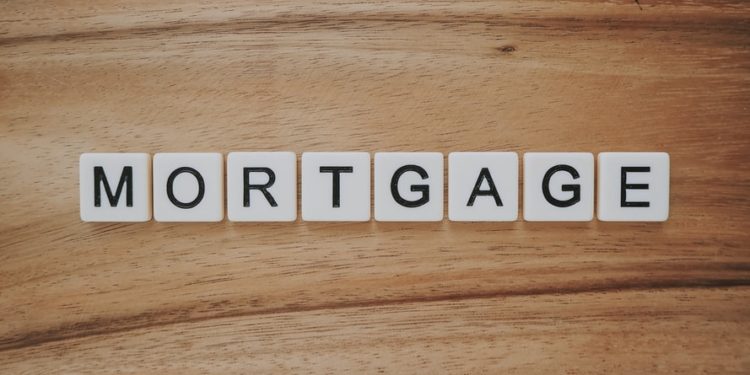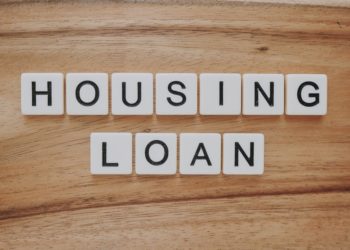Refinancing a mortgage replaces your original home loan with a new one. When you purchase a home, you take out a mortgage to pay for it. The amount you pay towards repaying the mortgage goes to the home seller. When you refinance a mortgage, you get a new home loan. The new mortgage pays off the old home loan instead of going to the home seller.
Reasons to Refinance a Mortgage
People choose mortgage refinancing for several reasons, including:
Paying Off the Loan Faster: You can refinance a 30-year mortgage into a 15-year one and pay off the loan in half the time. This also means the interest you pay will be less. However, this is likely to increase your monthly payments.
Reducing the Monthly Payment: If you wish to reduce the amount you pay towards the mortgage each month, you can refinance the loan with a lower interest rate. You can also reduce the monthly payment by extending the term of the loan, but that increases the interest you pay in the long run.
Shifting from An Adjustable-Rate Mortgage (arm) to A Fixed-Rate Mortgage: The interest rates ARMs initially offer are low, but these rates go up over time. However, fixed-rate loans don’t change and offer the benefit of steady monthly payments.
People may also refinance a mortgage to tap into their home’s equity, and to get rid of FHA mortgage insurance.
How to Refinance a Mortgage
Here are the steps to refinance:
Finalize Your Goal: Do you want to refinance to reduce your monthly payments, pay off the loan faster, or due to any other aforementioned reason?
Shop for The Best Refinance Rate: Ensure you check the fees as well.
Apply for A Mortgage with 3-5 Lenders: Submit all your applications within two weeks so that your credit score doesn’t get affected much.
Pick a Refinance Lender: Choose a lender after comparing the Loan Estimate document each lender gives you. This document tells you how much the closing costs are likely to be. Use a mortgage refinance calculator for this.
Lock Your Interest Rate: Locking your interest rate means the rate will remain unchanged for a specific duration. The lender and you will try to close the loan before the rate lock expires.
Close on The Loan: This entails paying the closing costs mentioned in the Loan Estimate and the Closing Disclosure.










